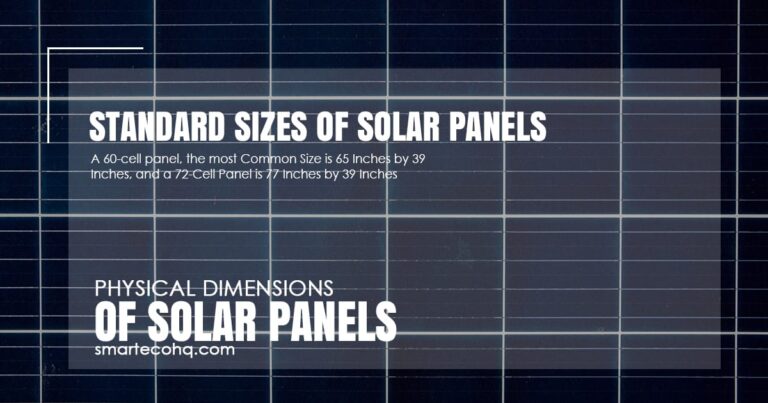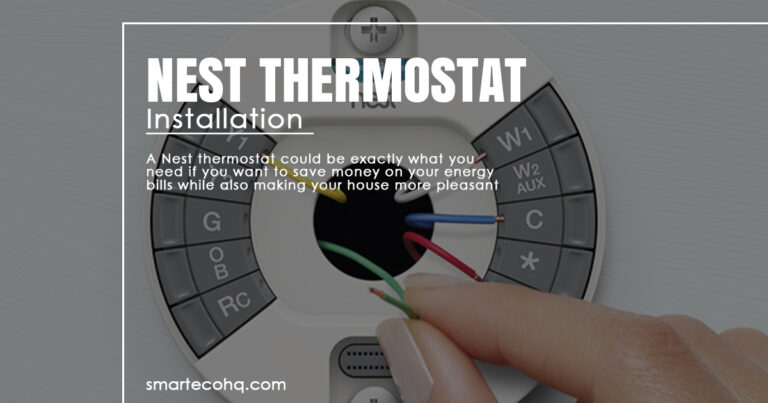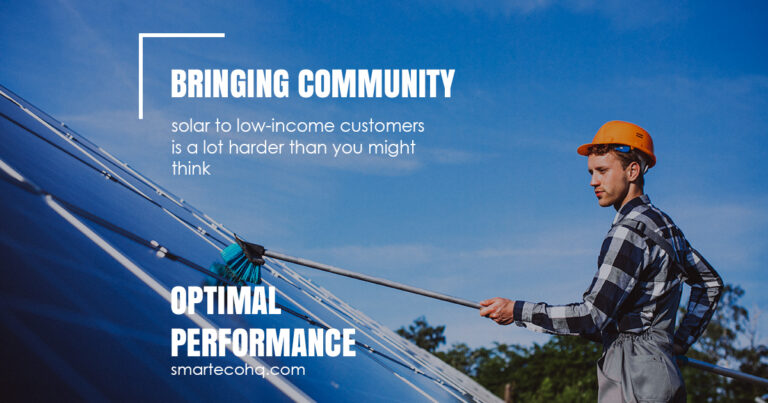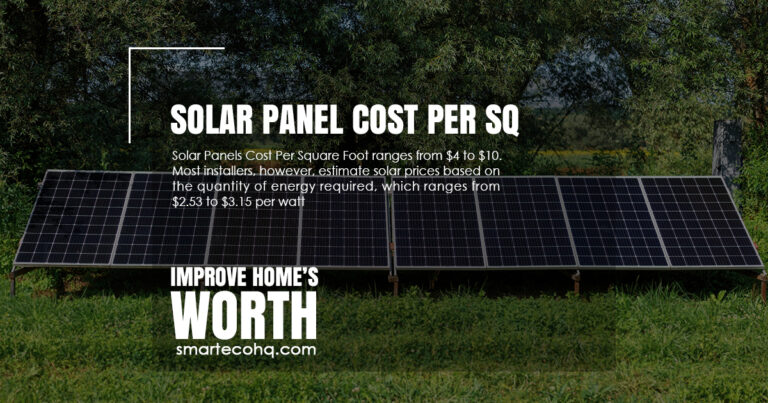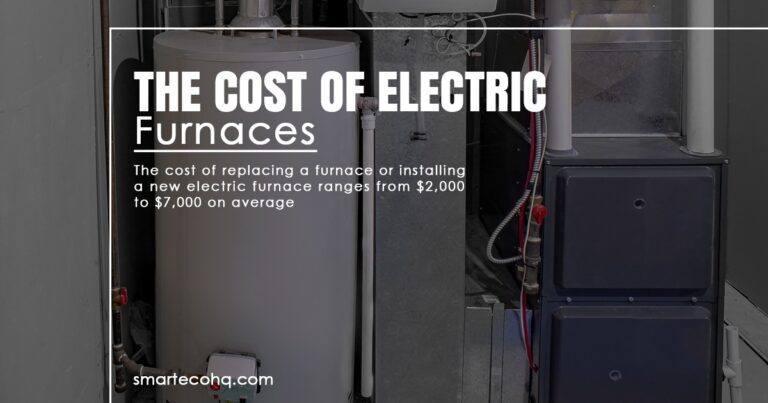Passive Solar: Harnessing the Power of the Sun without Technology
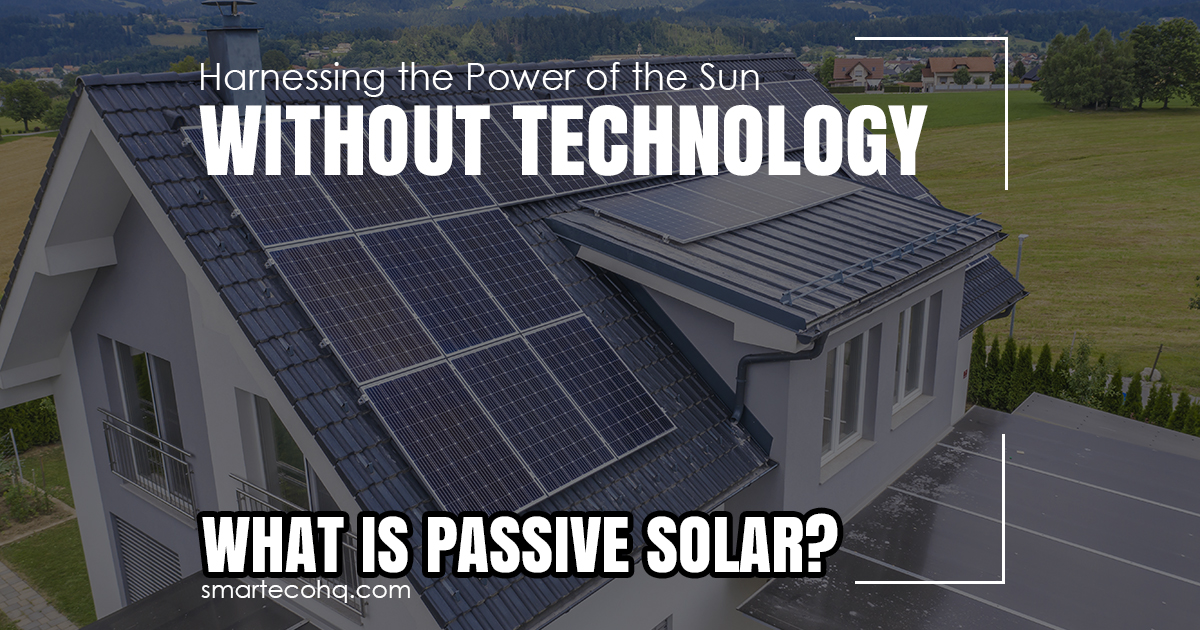
You must be looking for a simple and effective way to reduce your electricity costs? Imagine a home that stays comfortably warm in winter and pleasantly cool in summer, all without the need for excessive heating or air conditioning. Wouldn’t it be incredible if all these were free?
Passive solar design offers you an extraordinary opportunity to harness the power of the sun and enjoy the advantages of free energy.
Furthermore, I’ll discuss with you what passive solar is? how it works, and exactly how you could incorporate it into your residence or passive solar building design.
What is Passive Solar?
Passive solar refers to the method of lighting and heating a building without the use of mechanical or electrical components. The concept is based on the design and orientation of the structure to maximize natural heat and light from the sun.
The primary goal of passive solar techniques is to provide you with comfort by creating a comfortable interior environment that relies less on artificial heating and cooling equipment. Passive solar energy is a type of solar energy that does not require any external energy.
This technique benefits you from direct sunlight. This idea is useful in bioclimatic architecture.
How Does Passive Solar work, and what are its design techniques?
Let me clarify to you that the fundamental working principles of passive solar design are simple. The objective is to maximize sunlight in the structure while minimizing heat loss.
Passive solar architecture can be used in new construction or incorporated into current structures. This is accomplished if you use a variety of passive design elements in your building structures, including:
Orientation:
You must work on the building’s orientation to maximize exposure to the sun’s rays. By orienting it south, it will receive most of the sun’s energy.
Glazing:
Large windows and transparent sections should be strategically placed to allow maximum light into the building while minimizing heat loss. These will act as “solar collectors” by capturing and absorbing the sun’s heat.
Thermal Mass:
Thermal mass materials can help your building structure support passive solar energy. These include concrete or stone, which can absorb and retain the sun’s heat in the building. The thermal mass acts as a heat sink, releasing stored heat gradually when the temperature drops.
Ventilation:
Focusing on natural ventilation in your building design can help control the temperature and improve the quality of indoor air.
Shading:
The use of shading devices in your building design, such as awnings, overhangs, and blinds, can control the amount of sunlight entering your building and prevent unwanted heat gain.
Benefits of Passive Solar
Passive solar architecture has numerous advantages. Here are a few of the most prominent benefits:
Energy Efficiency:
Passive Solar Architecture can dramatically reduce the amount of energy required to heat and cool a building, resulting in cheaper energy bills and a lesser environmental impact.
Durability:
Passive Solar Design can increase a building’s durability by limiting the amount of moisture that enters the structure and preventing damage from excessive temperature variations.
Aesthetics:
Passive solar design can create beautiful and unique architectural designs for your building structures that incorporate natural light and warmth.
Comfort:
With low reliance on artificial heating and cooling systems, passive solar design may produce a comfortable indoor environment for you.
Health:
Passive solar architecture can improve your building’s indoor air quality by encouraging natural airflow and decreasing the demand for polluting mechanical heating and cooling systems.
Passive solar design brings the above amazing benefits to your buildings. By utilizing the sun’s energy, buildings become greener, more comfortable, reducing your reliance on artificial heating and cooling systems.
Conclusion
To summarize a lengthy discussion, passive solar is a simple yet effective method of harnessing the power of the sun to create a comfortable and cost-effective interior environment. Whether you are creating a new building or renovating an old one, passive solar design principles can help you save money on your energy bills.
FAQ
Q.1: What exactly is passive solar design?
Passive solar design makes use of sunlight to heat and light homes. It includes the architecture of the structure itself, such as the use of specific materials and the placement of windows or skylights.
Q.2: What exactly is direct gain design?
The most basic passive solar home design strategy is direct gain. The aperture allows sunlight to enter the house. The brick floors and walls subsequently absorb and store the solar heat.
Q.3: What is the difference between passive solar and solar-tempered home designs?
Passive solar design utilizes natural elements for energy efficiency, while solar-tempered designs incorporate active solar technologies for energy supplementation.

